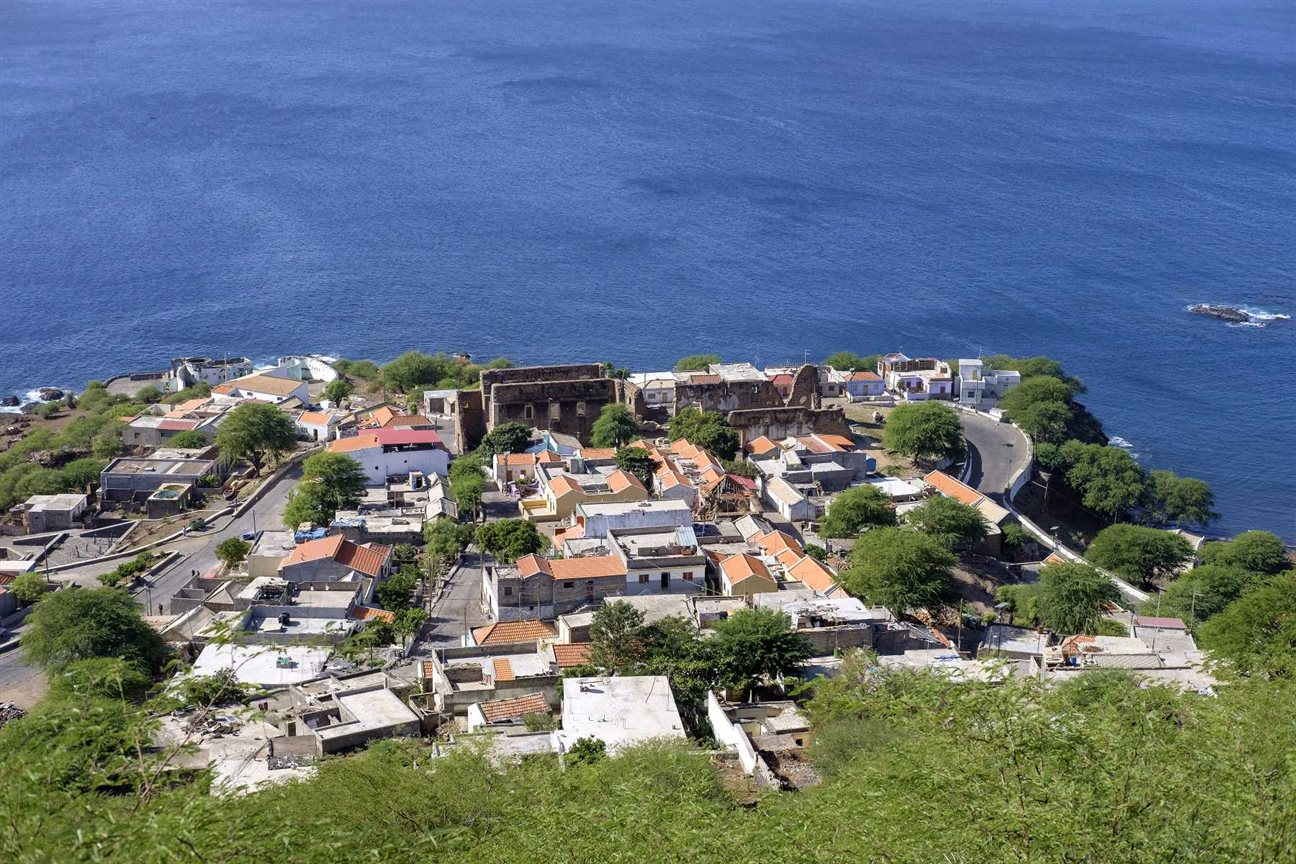Cabo Verde, also known as Cape Verde, is an archipelago located in the central Atlantic Ocean, about 570 kilometers off the coast of West Africa. Renowned for its stunning landscapes, diverse culture, and vibrant music scene, Cabo Verde has become a popular destination for travelers seeking both adventure and relaxation.
The islands are characterized by their unique blend of African and Portuguese influences, making them a rich tapestry of culture, history, and natural beauty.
Table of Contents
Geography
Cabo Verde consists of ten volcanic islands and several islets, covering a total area of approximately 4,033 square kilometers. The islands are divided into two groups: the windward islands (Barlavento), which include Santo Antão, São Vicente, and Sal, and the leeward islands (Sotavento), which include Santiago, Fogo, and Maio.
The terrain varies significantly across the islands, with rugged mountains, sandy beaches, and lush valleys. The climate is generally dry and temperate, with the rainy season occurring from August to October. Cabo Verde’s unique geography has resulted in a variety of ecosystems, making it a haven for outdoor enthusiasts.
States of Cabo Verde
Cabo Verde (Cape Verde) is not divided into states; it is composed of 10 islands that are divided into 22 municipalities. These municipalities function as the primary administrative divisions. Here is a table listing the 10 islands of Cabo Verde along with their respective municipalities:
| No. | Island | Municipalities |
|---|---|---|
| 1 | Santiago | Praia, Ribeira Grande de Santiago, São Domingos, São Lourenço dos Órgãos, São Miguel, Santa Catarina, Santa Cruz |
| 2 | Santo Antão | Ribeira Grande, Paul, Porto Novo |
| 3 | São Vicente | São Vicente |
| 4 | Fogo | São Filipe, Mosteiros, Santa Catarina do Fogo |
| 5 | Sal | Sal |
| 6 | Maio | Maio |
| 7 | Boa Vista | Boa Vista |
| 8 | Brava | Brava |
| 9 | São Nicolau | Tarrafal de São Nicolau, Ribeira Brava |
| 10 | Santa Luzia | Uninhabited, no municipalities |
History
Cabo Verde was uninhabited until the Portuguese discovered the islands in the 15th century. The archipelago was strategically located along the transatlantic slave trade routes, which led to the establishment of settlements and the exploitation of local resources. The islands became an important stop for ships traveling between Europe, Africa, and the Americas. This period marked the beginning of a significant blending of African and European cultures.
In 1770, the islands were officially annexed by Portugal, leading to a series of social and economic changes. The plantation economy thrived, producing sugar, cotton, and tobacco, which relied heavily on enslaved labor. Following the abolition of slavery in the 19th century, Cabo Verde faced economic challenges, leading to widespread emigration, particularly to the United States.
Cabo Verde gained independence from Portugal on July 5, 1975, after a long struggle for self-determination. The country has since made significant progress in terms of democracy, stability, and development, becoming a model for governance in Africa. Despite facing economic challenges, Cabo Verde continues to promote sustainable development and strengthen its global partnerships.
Top Ten Must-Visit Destinations
1. Santiago

Santiago is the largest island in Cabo Verde and is known for its rich history and vibrant culture. The capital city, Praia, is located here and serves as the economic and cultural center of the country. Visitors can explore the historic Plateau area, which features colonial architecture, local markets, and cultural institutions. The island is also home to the beautiful Tarrafal Beach and the scenic Serra da Malagueta Natural Park, offering opportunities for hiking and exploration.
2. Santo Antão
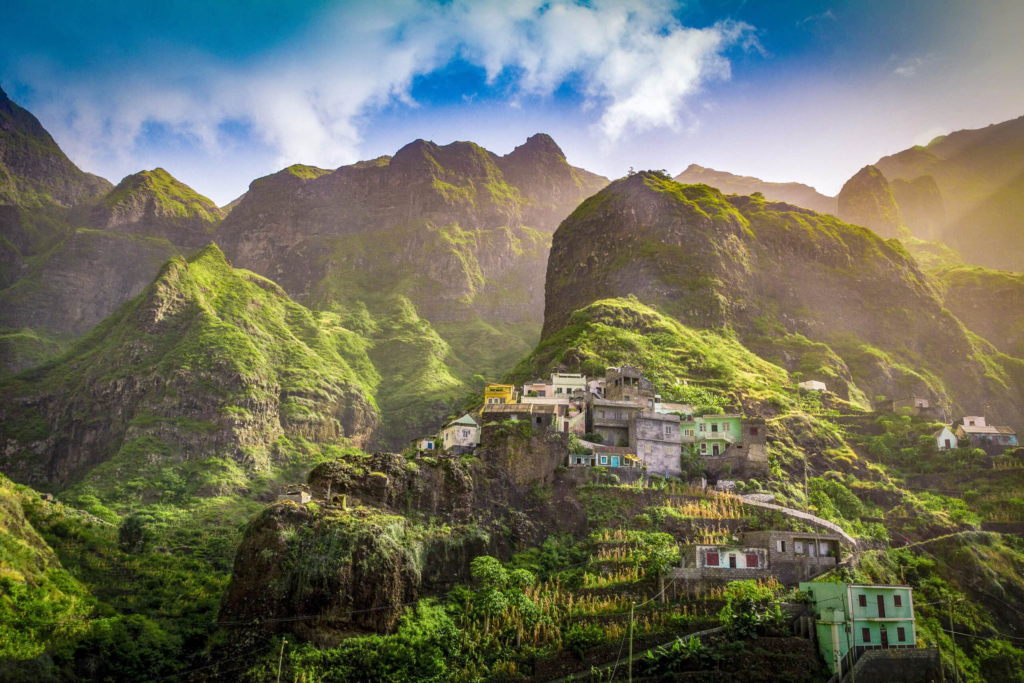
Santo Antão is famous for its breathtaking landscapes, with rugged mountains, lush valleys, and terraced fields. The island is a paradise for hikers, with numerous trails that showcase its stunning natural beauty. The Paul Valley, known for its vibrant greenery and agricultural terraces, is a highlight. Visitors can also explore the charming village of Ponta do Sol and taste local delicacies, including traditional grogue (cane spirit) and fresh seafood.
3. Sal
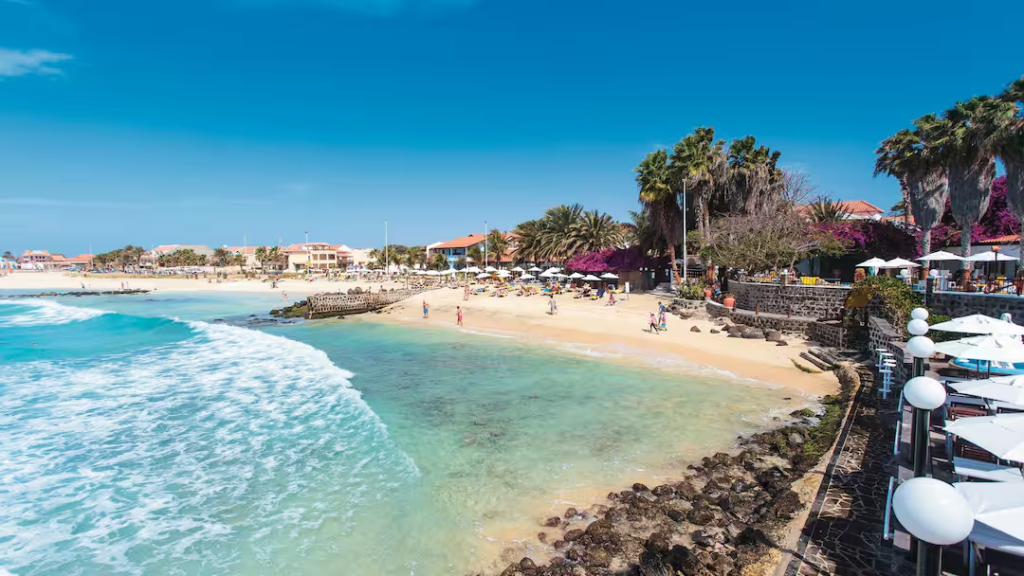
Sal is renowned for its pristine beaches, crystal-clear waters, and vibrant nightlife. The island is a popular destination for sun-seekers and water sports enthusiasts, offering activities such as snorkeling, diving, and windsurfing. Santa Maria Beach, with its golden sands and lively atmosphere, is a must-visit spot. Visitors can also explore the salt mines at Pedra de Lume, where they can swim in the saltwater lagoon and learn about the island’s salt production history.
4. Fogo
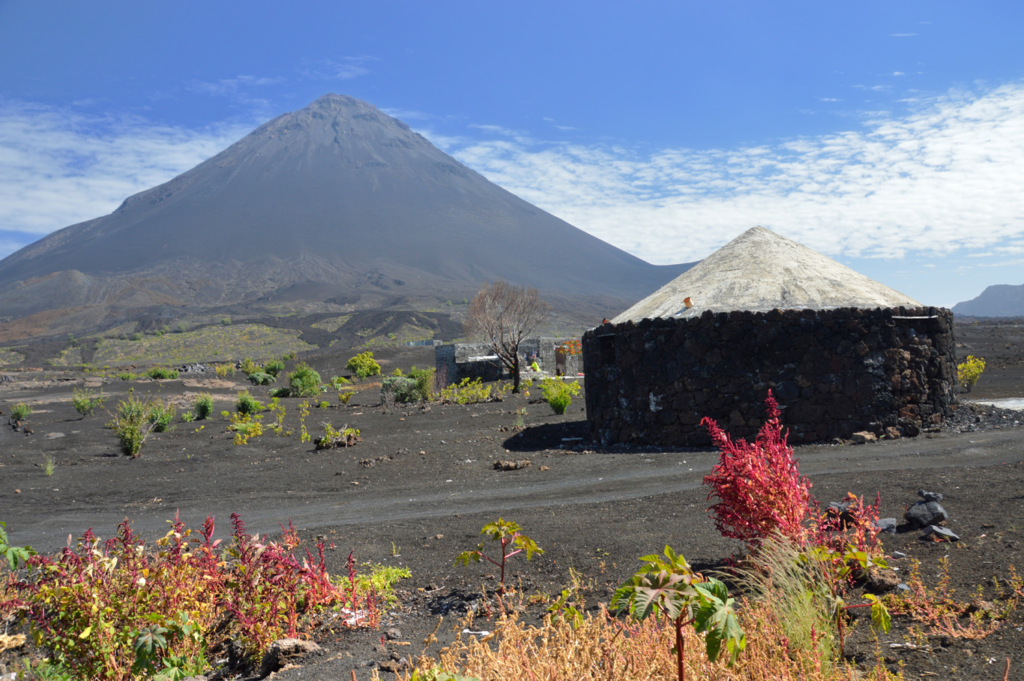
Fogo is home to the country’s highest peak, Pico do Fogo, an active volcano that rises 2,829 meters above sea level. The island is known for its dramatic landscapes, including volcanic craters, black lava fields, and fertile valleys. Visitors can hike to the summit of Pico do Fogo for breathtaking views of the surrounding islands and the Atlantic Ocean. The island is also famous for its coffee plantations, where visitors can sample some of the best coffee in Cabo Verde.
5. São Vicente
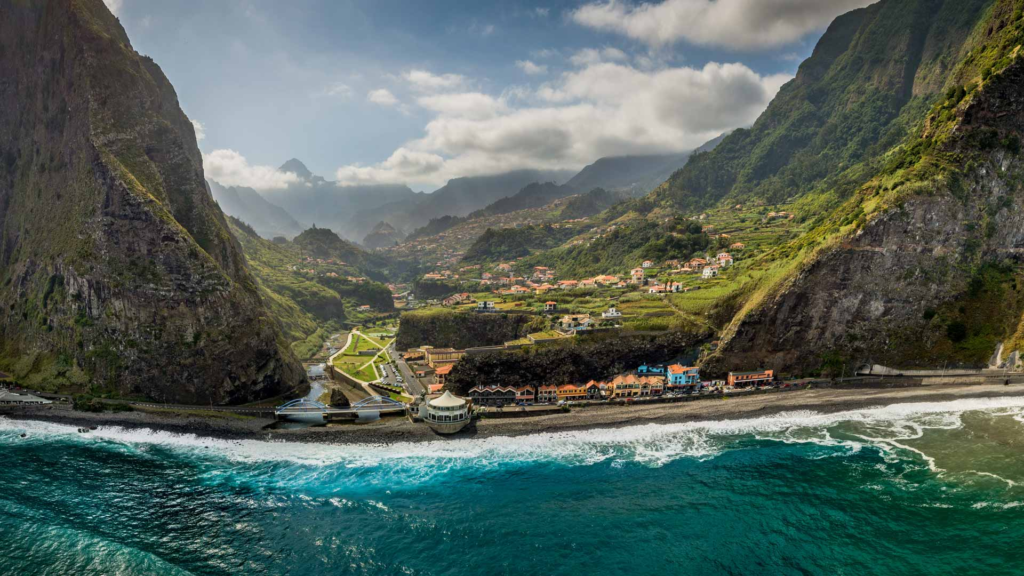
São Vicente is known for its lively cultural scene, particularly in the city of Mindelo. The island hosts numerous festivals, including the famous Carnival, which features colorful parades, music, and dancing. Visitors can explore the vibrant markets, enjoy live music at local bars, and sample delicious Cape Verdean cuisine. The stunning beaches of Laginha and Baía das Gatas are also popular spots for relaxation and water activities.
6. Boa Vista

Boa Vista is known for its stunning desert landscapes, white sandy beaches, and turquoise waters. The island is a popular destination for relaxation and water sports, with plenty of opportunities for snorkeling, windsurfing, and kite surfing. Praia de Chaves and Praia de Santa Monica are among the most beautiful beaches on the island. Visitors can also explore the vibrant town of Sal Rei, where they can experience local culture and cuisine.
7. Maio

Maio is a lesser-known gem in Cabo Verde, known for its tranquil beaches and laid-back atmosphere. The island features stunning coastline, sandy beaches, and beautiful natural landscapes. Visitors can enjoy peaceful days at Praia de Ponta Preta, explore the charming village of Vila do Maio, and discover the island’s rich wildlife, including sea turtles that nest on its beaches.
8. Santa Maria

Santa Maria, located on the island of Sal, is famous for its beautiful beaches and vibrant nightlife. The town offers a range of accommodations, restaurants, and entertainment options. Visitors can enjoy water sports, sunbathing, and exploring local shops and markets. The iconic pier at Santa Maria is a great spot for sunset views and photography.
9. Tarrafal

Tarrafal, located on the island of Santiago, is known for its stunning beach and historical significance. The Tarrafal Concentration Camp, built during the Portuguese colonial period, is a somber reminder of the island’s history. Visitors can learn about the camp’s legacy and explore the nearby beach, which is perfect for swimming and relaxation.
10. Ponta do Sol
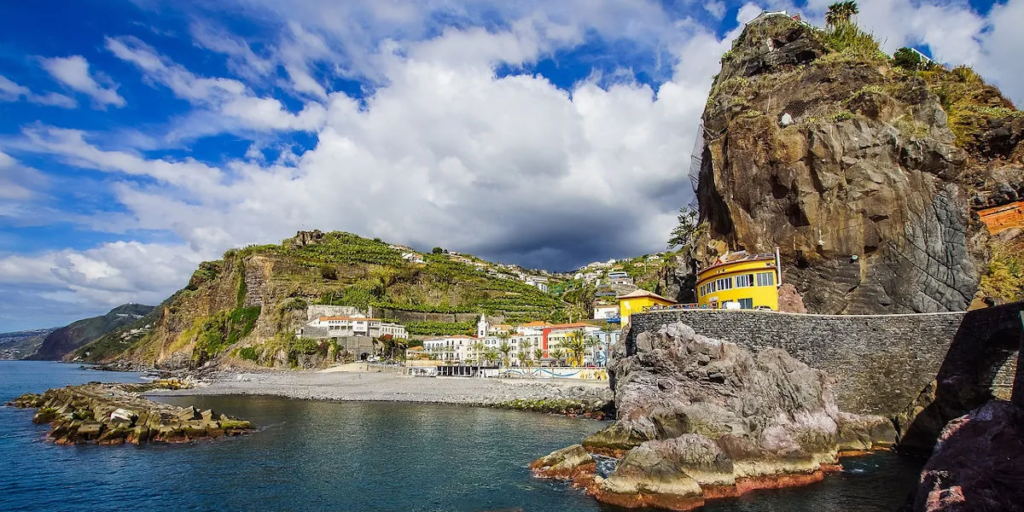
Ponta do Sol, situated on the island of Santo Antão, is a picturesque village known for its stunning landscapes and scenic beauty. The village is surrounded by steep cliffs, lush vegetation, and terraced fields, making it a perfect spot for hiking and nature walks. Visitors can explore local markets, sample traditional cuisine, and enjoy the warm hospitality of the locals.
Culture
Cabo Verde boasts a rich cultural heritage shaped by African, Portuguese, and Brazilian influences. The country’s music scene is particularly vibrant, with genres like morna and coladeira being popular. Morna, often referred to as the national music of Cabo Verde, is characterized by its melancholic melodies and poetic lyrics, often reflecting themes of love, longing, and the sea. Notable artists such as Cesária Évora have brought international attention to this genre.
The traditional cuisine of Cabo Verde reflects the islands’ diverse influences, with an emphasis on fresh seafood, rice, beans, and tropical fruits. Dishes like cachupa, a hearty stew made with corn, beans, and meat, and pastel com diabo dentro, a savory pastry filled with spicy tuna, are staples of Burundian cuisine. Festivals, such as the São Vicente Carnival and the Baía das Gatas Music Festival, showcase the country’s vibrant cultural scene through music, dance, and traditional performances.
Festivals
Cabo Verde is known for its lively festivals that celebrate the country’s rich culture and traditions. The most famous festival is the Carnival, which takes place in February or March, depending on the lunar calendar. Celebrations include colorful parades, music, dancing, and elaborate costumes, attracting locals and tourists alike.
Other notable festivals include the Baía das Gatas Music Festival, held annually in August, featuring local and international artists performing various musical genres.
Economy
Cabo Verde’s economy is primarily based on services, tourism, and agriculture. The tourism sector has grown significantly in recent years, driven by the country’s natural beauty and cultural attractions. The government has invested in infrastructure development, promoting sustainable tourism practices to enhance the visitor experience while preserving the environment.
Agriculture remains essential, with crops such as maize, beans, and sweet potatoes being cultivated, though the country relies on imports for much of its food supply.
Cuisine
Cabo Verdean cuisine is a delightful fusion of flavors and ingredients that reflects the islands’ cultural heritage. Seafood is a prominent feature of the diet, with dishes like peixe grelhado (grilled fish) and caldeirada (fish stew) being popular.
Cachupa, a traditional stew made with corn, beans, and various meats, is considered the national dish and is often enjoyed on special occasions.
Other local delicacies include funchi (cornmeal dish), pastéis (savory pastries), and various tropical fruits, such as papaya and mango.
Top Eight Most Famous Food
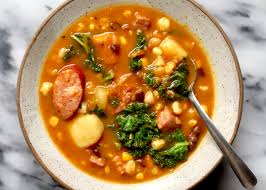

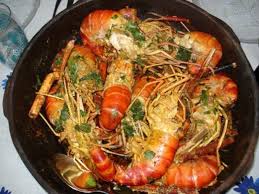

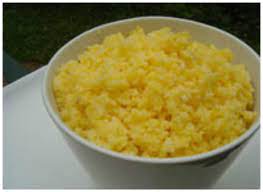
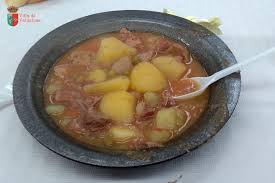

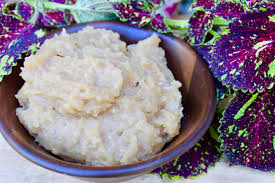
Interesting Facts
- Cabo Verde is an archipelago of 10 volcanic islands.
- The country has a population of around 550,000 people.
- The official language is Portuguese, while Cape Verdean Creole is widely spoken.
- The capital city is Praia, located on the island of Santiago.
- Cabo Verde has no natural freshwater lakes, relying on rainfall and desalination for water supply.
- The islands have a rich musical heritage, with morna being the most famous genre.
- Cesária Évora, known as the “Barefoot Diva,” popularized Cabo Verdean music worldwide.
- Cabo Verde was a major stop on the transatlantic slave trade route.
- The islands are known for their biodiversity, including unique bird species and marine life.
- Cabo Verde is often referred to as the “Hawaii of Africa” due to its beautiful beaches and volcanic landscapes.
Conclusion
Cabo Verde is a captivating destination that offers a unique blend of natural beauty, rich culture, and warm hospitality. From the stunning beaches of Sal to the vibrant streets of Mindelo, each island has its own charm and character, making it a perfect choice for travelers seeking adventure and relaxation. With its rich history, diverse cuisine, and lively festivals, Cabo Verde promises an unforgettable experience for those who venture to its shores.
let’s enjoy few years on earth with peace and happiness….✍🏼🙏

